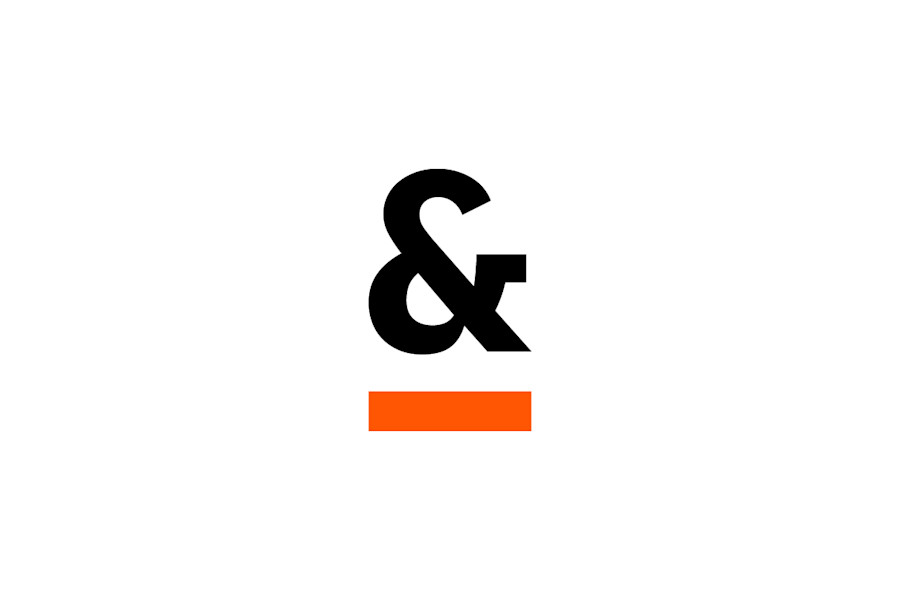What are the changes?
On 1 September 2018, the Treasury Laws Amendment (2018 Measures No. 3) Act 2018 (Cth) received royal assent and formally codified changes to the penalty regime contained in the Australian Consumer Law (ACL).
Previously, the maximum penalty that was able to be ordered for a breach of the ACL was $1.1 million. The recent changes increase the maximum penalty that a Court can order to the greater of:
- $10 million;
- if the Court can determine the value of the benefit obtained from the offence, three times the value of the benefit; or
- if the Court cannot determine the value of the benefit, 10% of the annual turnover of the company who committed the breach.
The ACCC will now be able to secure significantly larger penalties for a suite of consumer-related actions, including:
- unconscionable conduct;
- supply of goods that do not comply with safety standards;
- making false or misleading statements in relation to the supply of goods and services; and
- other unfair trade practices.
Prior to these changes being enacted, the largest penalty ever obtained by the ACCC for a breach of the ACL was $10 million, which it attained in three separate civil penalty proceedings settled with Ford, Coles, and Telstra for unconscionable and misleading conduct.1 Other major penalties ordered by the Court in ACCC enforcement proceedings this year include the $9 million penalty paid by Apple (for misrepresentations about its obligations to repair faulty goods), and the $2.25 million penalty paid by Heinz (for misleading representations about the nutritional value of a range of children's food items).
However, the ACL's penalty regime now mirrors the penalties that can be ordered for breaches of competition law contained in the Competition and Consumer Act 2010 (Cth), including cartel conduct, misuse of market power, resale price maintenance, and exclusive dealing. The ACCC has been able to obtain significantly greater penalties under this legislation, including the landmark $46 million penalty ordered against Yazaki for cartel conduct earlier this year,2 which is more than four times higher than the largest penalty ordered under the ACL.
What do the changes mean for insureds?
It is evident that the changes to the legislation mean that the Court will begin to impose significantly higher penalties for breaches of the ACL than have been ordered previously, particularly against large businesses.
The ACCC has previously called for the penalties under the ACL to be increased. Earlier this year, ACCC Chairman Rod Sims described the proposed changes as being "vital to ensure the Courts have the ability to impose penalties … which are at an appropriate level to achieve deterrence, particularly or large businesses with substantial revenues". In comments made to the media following the passage of the Act through parliament, ACCC Chairman Rod Sims said that the increased penalty provisions meant that the ACCC would now be able to secure penalties of more than $1 billion for breaches of the ACL, depending on the size of the company that had committed the offence.
Some members of the judiciary have previously indicated that they considered the previous penalty regime to be insufficient. In the ACCC proceeding against Coles, Justice Gordon referred to the maximum penalties under the ACL as "arguably inadequate" for a company the size of Coles. More recently, in the ACCC proceeding against Apple, Justice Lee observed that while "it was difficult to escape the conclusion that a penalty of $9 million to a corporation such as [Apple] might be regarded as loose change", the maximum penalty stipulated meant that he was "constrained by the authority", notwithstanding the "leviathan nature of [Apple]".
Because of the change to the penalty regime under the ACL, it is likely that the ACCC and the Courts will be more willing to seek and order higher penalties respectively.
Key takeaways for insurers
While the position on whether fines and penalties are indemnifiable by insurers is presently unsettled in Australian law, insurers who provide cover in professional indemnity policies for fines and penalties should take note of the recent changes and consider whether the exposure to a significant civil penalty under the ACL has been adequately factored into these risks. Sub-limits may well be an attractive way for insurers to respond in the future.
We also note the potential number of insureds impacted by these changes is broad. In particular, large companies who form part of the supply chain of goods sold or supply services in Australia are at risk, not just those who are consumer-facing.
1 See Australian Competition and Consumer Commission v Ford Motor Company of Australia Limited [2018] FCA 703*, Australian Competition and Consumer Commission v Coles Supermarkets Australia Pty Ltd* [2014] FCA 1405 and Australian Competition and Consumer Commission v Telstra Corporation Limited [2018] FCA 571.
2 Australian Competition and Consumer Commission v Yazaki Corporation [2018] FCAFC 73.
All information on this site is of a general nature only and is not intended to be relied upon as, nor to be a substitute for, specific legal professional advice. No responsibility for the loss occasioned to any person acting on or refraining from action as a result of any material published can be accepted.
 Client portal
Client portal
















